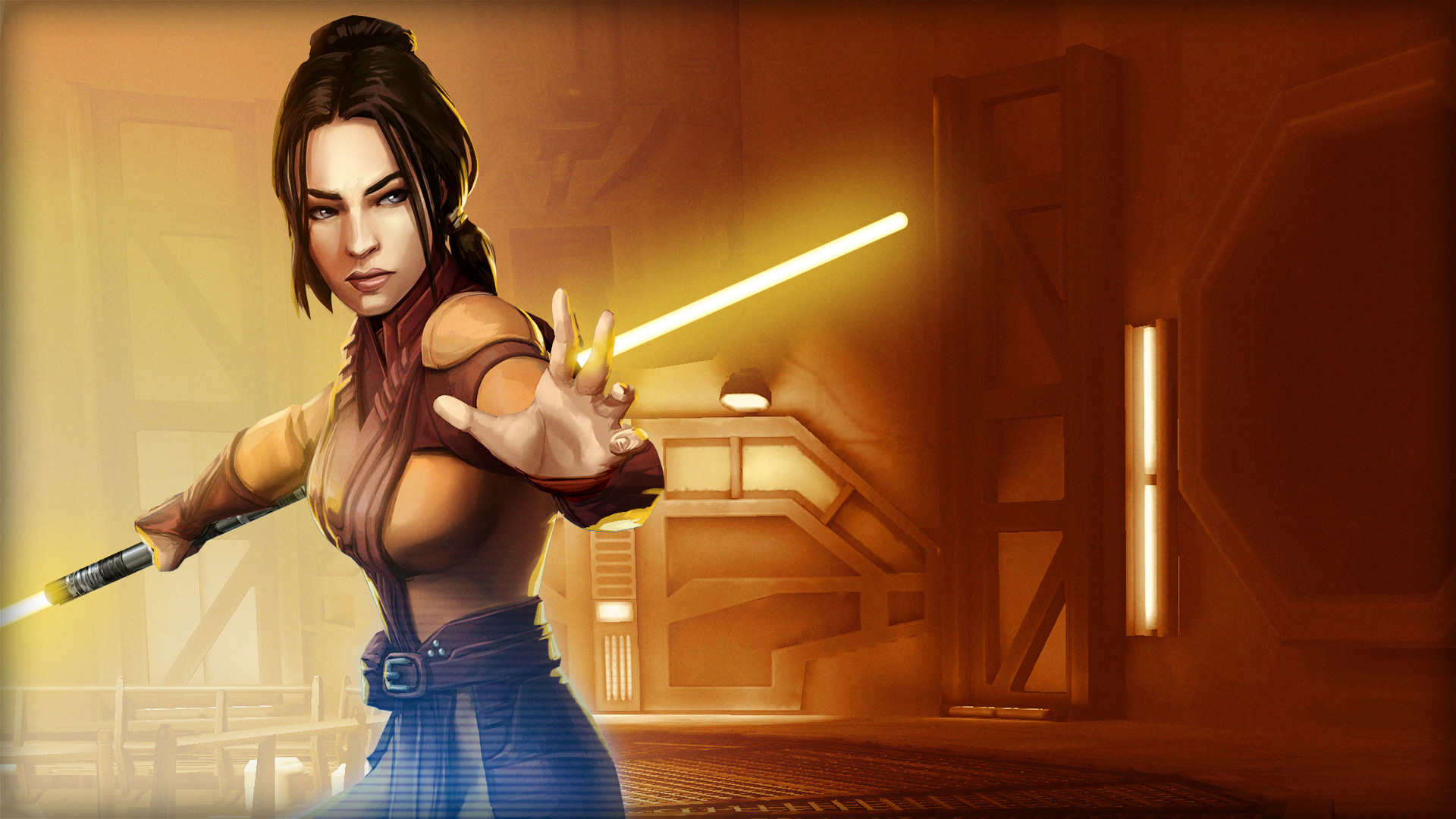
One more point - Count Dooku defeats a dual-wielding Anakin in short order. While some kendo practitioners do use two swords ( nito) in matches, it is rather rare because of the difficulty to focus on two points effectively:

I don't need the additional brainspace of managing it, and I want my hand open for balance.

Whether they have one weapon or two is not the question - if I started out with a weapon in each hand, I would literally toss it away (out of the reach of my opponent). It's all about the coordinated will and training of your opponent. But there's nothing to say that these kata will, per se, be more effective than single weapon kata. Having said all of this - the key to using multiple weapons in this context would be kata, a coordinated and heavily pre-practiced set of movements which allow the performer to coordinate those motions in a way which has been determined in advance to be effective. Kendo (generally) adopts a two-handed grip, while fencing has a one-handed grip - the other hand is available for balance: Kendo movement is crossovers with feet, fencing is more like natural stepping. In kendo, the movement is more lateral, with the center of gravity lower to the ground. In fencing, the body is high, light and fast, moving rapidly (potentially) up and down.

So putting another sword in someone's hand doesn't make them twice as effective, any more than trying to kick and punch someone at the same time 's more likely to make you fall over, or at least be off balance and open to attack.Ĭonsider the difference in footwork between kendo and fencing. "Coordinated" is the key word there - if the hand and feet are not moving together, you can't attack effectively. What you're contending against in a confrontation is not the attacker's hand, foot or sword, but their coordinated will. I did some fencing back in college, which is light-years, if you'll pardon the expression, from a lightsaber battle, but does share some things in common, and I've studied a number of martial arts. The limiting factor is not open hands - it's the agility of the mind to move them, and the efficacy of the training involved.


 0 kommentar(er)
0 kommentar(er)
